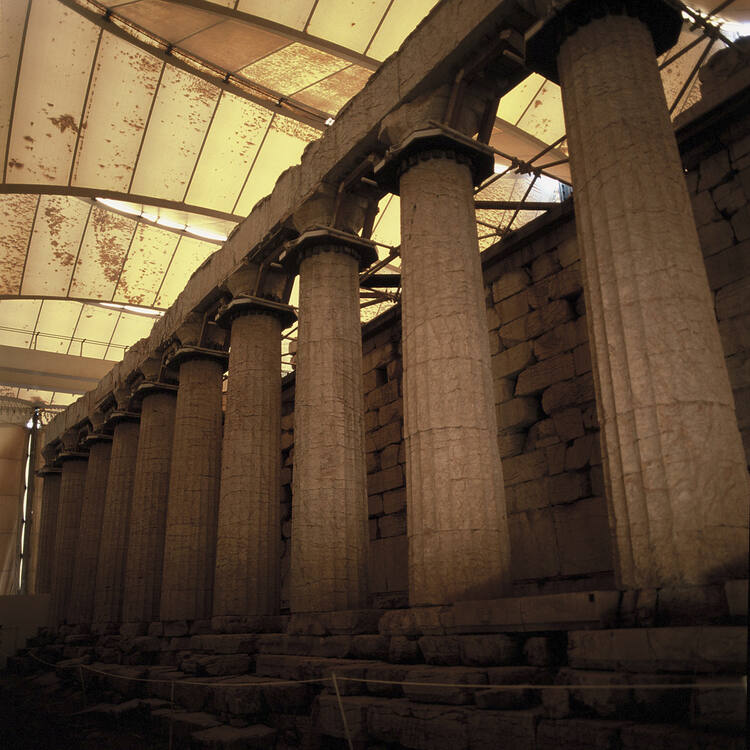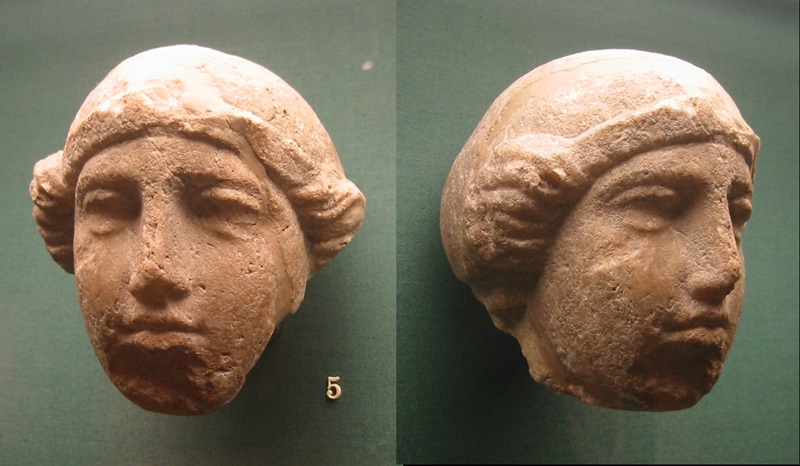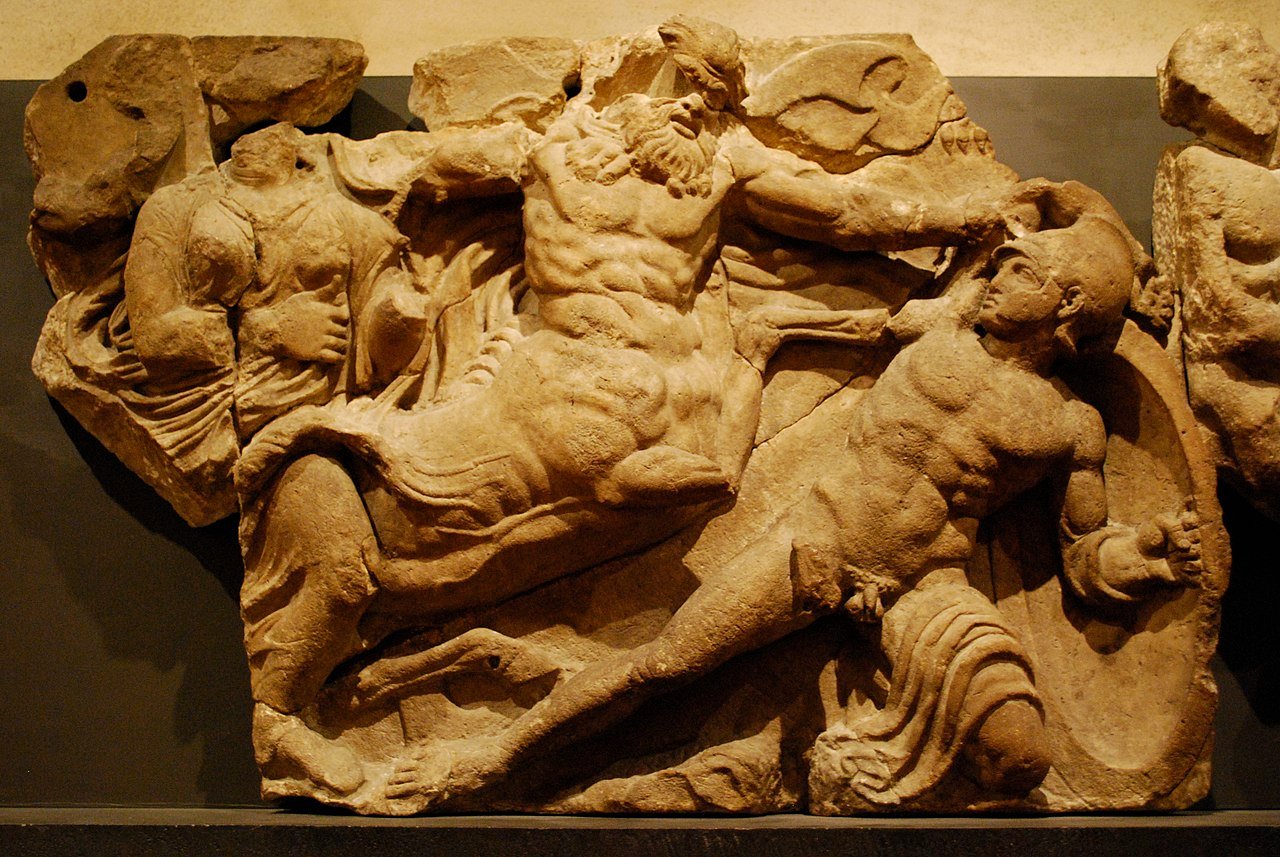
They call it the “Parthenon of the Peloponnese.” The columned temple of Apollo Epicurius is as beautiful as the Parthenon in Athens, as it rises within the sanctuary of Bassae in the mountains of Arcadia.
Near the border of Messinia prefecture, the imposing building towers over the countryside at an altitude of 1,130 meters (3,707 feet).
The temple is one of the best-preserved monuments of classical antiquity, and a prime example of classical Greek architecture, as it combines both the Archaic and Doric styles.
The temple was built at the height of Greek civilization in the second half of the 5th century BC (420-400 BC). It was dedicated to Apollo Epicurius “Apollo the helper” by the Phigaleians, who believed the god of sun and healing had protected them from plague and invasion.

According to the ancient traveler Pausanias, the temple’s design is attributed to Iktinos, the architect of the Parthenon. Pausanias praises the temple as eclipsing all others in the Peloponnese except the Temple of Athena Alea at Tegea by the beauty of its stone and the harmony of its construction.
It was in use until the 4th- or 5th-century AD, when all pagan temples were forcibly closed during the persecution of pagans in the late Roman Empire.
The temple was discovered in the 18th century and has attracted interest from scholars and artists since that time. The isolation of the site contributed to the fact that many of its significant features survived largely intact.
Part of the frieze of the temple was detached in 1814 and was transferred to the British Museum in London.
Temple of Apollo Epicurius boasts all three ancient Greek architectures
According to UNESCO, the temple is one of the earliest post-Parthenon edifices and the earliest monument in which all three ancient Greek architectural orders – Doric, Ionic and Corinthian – are found together.
The temple further exhibits a number of bold and innovative architectural designs that mark a turning point in the development of temple building. Through a series of ingenious devices, the architect successfully balanced contrasting elements and blended the old with the new, contributing to the unique architectural and artistic value of the monument.

The temple also includes the earliest surviving Corinthian column capital. The temple further exhibits a number of bold and innovative architectural designs that mark a turning point in the development of temple construction.
The building, along with its sculptural decoration, altogether comprises one of the best-preserved examples of the triumphs of ancient Greek civilization from the period of its heyday (5th century BC).
The temple of Apollo Epicurius was recognized by UNESCO as a World Heritage Site in 1986.
See all the latest news from Greece and the world at Greekreporter.com. Contact our newsroom to report an update or send your story, photos and videos. Follow GR on Google News and subscribe here to our daily email!



